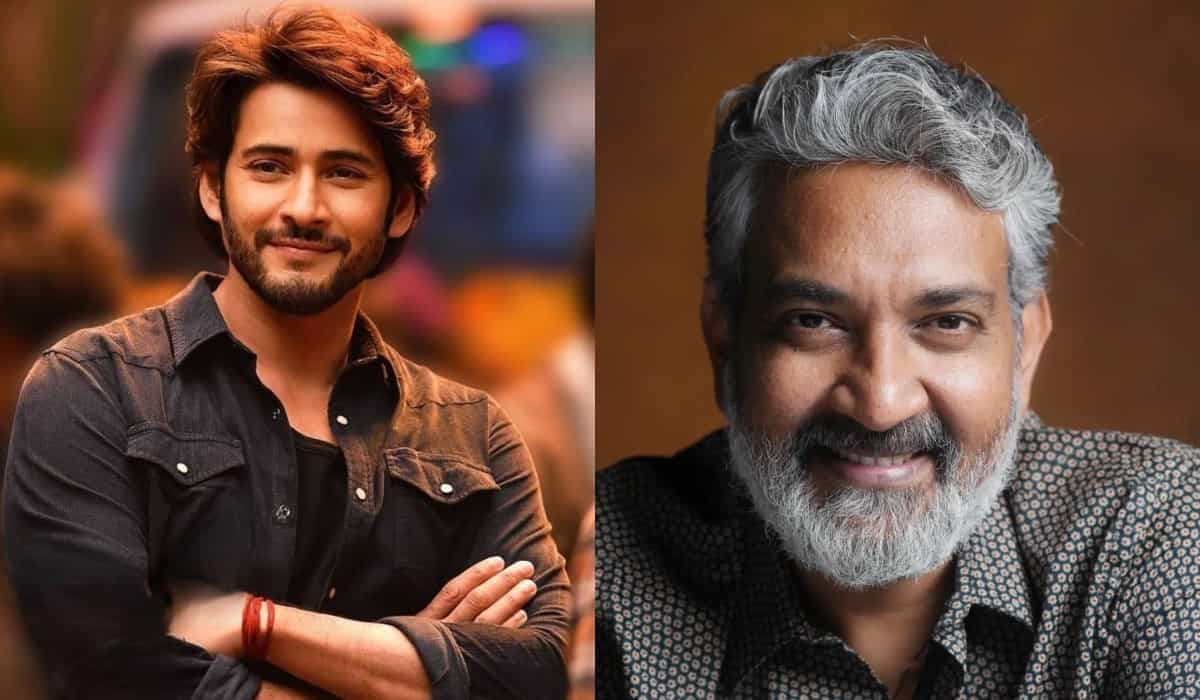
Rude Food by Vir Sanghvi: Another caper around Capri
26 days ago | 19 Views
I still remember the time I first went to Capri. It was almost exactly 10 years ago and I was travelling around the Amalfi coast on a Sea Dream yacht, which had about 50 cabins, and excellent food and wine (they sold it as a ‘Champagne and caviar cruise’). We went to places I had only heard of before (Sorrento, Ravello, Positano), which were, I discovered, part of the Amalfi coast in the south of Italy.
The ship would sail at night (the destinations are actually quite near) and dock during the day, allowing passengers to visit each destination. I loved everywhere we went, but the highlight of the trip for me was Capri.
I had heard of Capri before, but only through songs (The Isle of Capri was a hit in the 1950s, and is something of a standard now) and through its reputation as a place where Hollywood stars and European playboys vacationed.

We rented one of Capri’s famous taxis (a 1950s convertible with its top down) and drove in glorious sunshine to Anacapri, the higher part of the island, and to a seafood restaurant on a cliff. It had a Michelin star and the food was fabulous. After the third glass of limoncello, I remember sitting back and thinking: “This is the life.”
I forgot the name of the restaurant in the decade that followed, but never forgot that all-too-brief visit to Capri. When my wife and I went to Capri again last month, no sooner had we got into the car that was taking us to our hotel than the magic of Capri overcame me again. Clear blue skies, an azure sea, jagged cliffs and eye-popping foliage everywhere — it was pretty much as I remembered it.

As soon as we checked into the Jumeirah Capri Palace I showed photographs of our seafood lunch from a decade ago to the staff. Did they recognise the restaurant? You bet they did. It is called II Riccio and though it is not on the property, it is actually run by the Capri Palace.They were only too happy to book us in for lunch the next day.
But before that, I read up on Capri. It turns out that the island has been a resort since the days of the Roman Empire when Emperor Tiberius lived there, built 12 villas and created a somewhat depraved paradise for himself. It has remained a resort ever since, but unlike many others of its kind, it attracted writers and intellectuals. Somerset Maugham had a villa there. Oscar Wilde came to live in Capri with his male lover but the couple were driven out because, despite its popularity as a gay haunt, Wilde’s outrageous behaviour was too much for even the tolerant people of Capri. More recently, Graham Greene had a villa in Capri and spent many years there.

And yes, the playboy/movie star connection that I vaguely recalled was still alive and well. Capri’s grand hotels were full of celebrities and many stars also owned villas there. (Mariah Carey, for instance.)
In recent years and especially in the decade since I first visited, Capri has divided into two. The main town of Capri, where the ferries dock, is overrun with tourists (its almost as bad as Venice), who seek to do no more than to shoot a few selfies and to take the boat back to Naples. People in the know treat Capri as no more than a boat-dock and head for Anacapri; higher up. As the Michelin guide to hotels (where the Jumeirah Capri Palace gets two keys, the highest rating in Anacapri) notes: “Better to retreat to Anacapri, something of a refuge from the world. Here, high in the hills above the town and sea” you feel “secluded enough to be on a country getaway.”
Michelin liked my hotel too: “ The Capri Palace hotel is one of Anacapri finest, its stunning sea views and throwback Roman Empire elegance chief among its charms.”

I rarely disagree with Michelin. The Capri Palace is an unusual hotel with a discreet entrance. It started out as a smaller family-run property before a gradual expansion and a decade ago, a takeover by Jumeirah, turned it into the best hotel in the region. Service standards are extraordinarily high and the vibe is sunny and luxurious with a blue-and-white colour scheme that reflects the surreal beauty of Capri.
There is an Italian phrase (‘Il dolce far niente’) that translates as the “sweetness of doing nothing” and it sums up life in Capri. I was shown around Anacapri by Massimo Cerrotta, the son of the mayor of Anacapri, and he conceded that while it is a lovely little town, it is not one teeming with activities.
Massimo told me how, like all other top Italian resorts, Capri faces what I call the Venice problem. How do you restrict tourism to acceptable levels without harming the business of local merchants? And, as in Venice, it can sound snobbish if you suggest you only want upmarket tourists.
That’s much more a Capri problem than one in Anacapri which remains serene and peaceful and is packed out with great restaurants. On the night we got there, we ate at L’Olivo, long regarded as the best restaurant on the island (two Michelin stars), where the food is modern European rather than traditionally Italian, and the setting is so dreamlike that you almost feel that you are part of a movie —— the manager even sang softly while serving us.
Then there is Zuma, which has just opened. You would expect Jumeirah, a group that represents the international luxury that is the hallmark of today’s Dubai, to value Zuma: Nearly every restaurant in Dubai tries to be like Zuma . But this outpost of the global Zuma empire was not just impossibly glamorous but also distinctively Italian in style and service: Sommeliers served wonderful local wines made from grapes from the region. And the chef, who had worked at the original Zuma in London, understood the importance of giving the restaurant a distinctive character of its own.

When I think back to what else I did in four days in Capri, except for lazing around and eating very well, the truth seems to be that I didn’t do much else. There was no need to. The point of a beautiful resort town is that you should be able to switch off and relax. So, we went for walks around the town; visited local landmarks such as the house of Axel Munthe, the Swedish doctor who was also the lover of his queen, and who played a large role in popularising Anacapri with European royalty. When we wanted to feel pampered we used the hotel’s famous spa for its massages and signature treatments.

And of course we went back to II Riccio. It was pretty much as I remembered it though it now includes a Christian Dior beach club (which I don’t recall from a decade ago) and will soon be joined by a pizza place next door where Franco Pepe, the trendy pizza chef du jour, will oversee the food. The Il Riccio complex is about a ten minute drive from the Capri Palace but the hotel likes it that way: To have a second base on the rugged cliffs overlooking the beach.
II Riccio lost its Michelin star during the pandemic, but judging by the meal I had there (including the signature dish of spaghettone with sea urchin), it will soon win it back.
But I don’t think a star matters to a place like this. Nothing can beat the experience of sitting on a cliff in Anacapri, eating fish that have just been pulled out of the waters, looking at the sun-dappled ocean waters below and feeling the the wind caressing your hair. That’s the feeling you travel to Anacapri for.
Read Also: weekend drive by hormazd sorabjee: silk road tripping

















